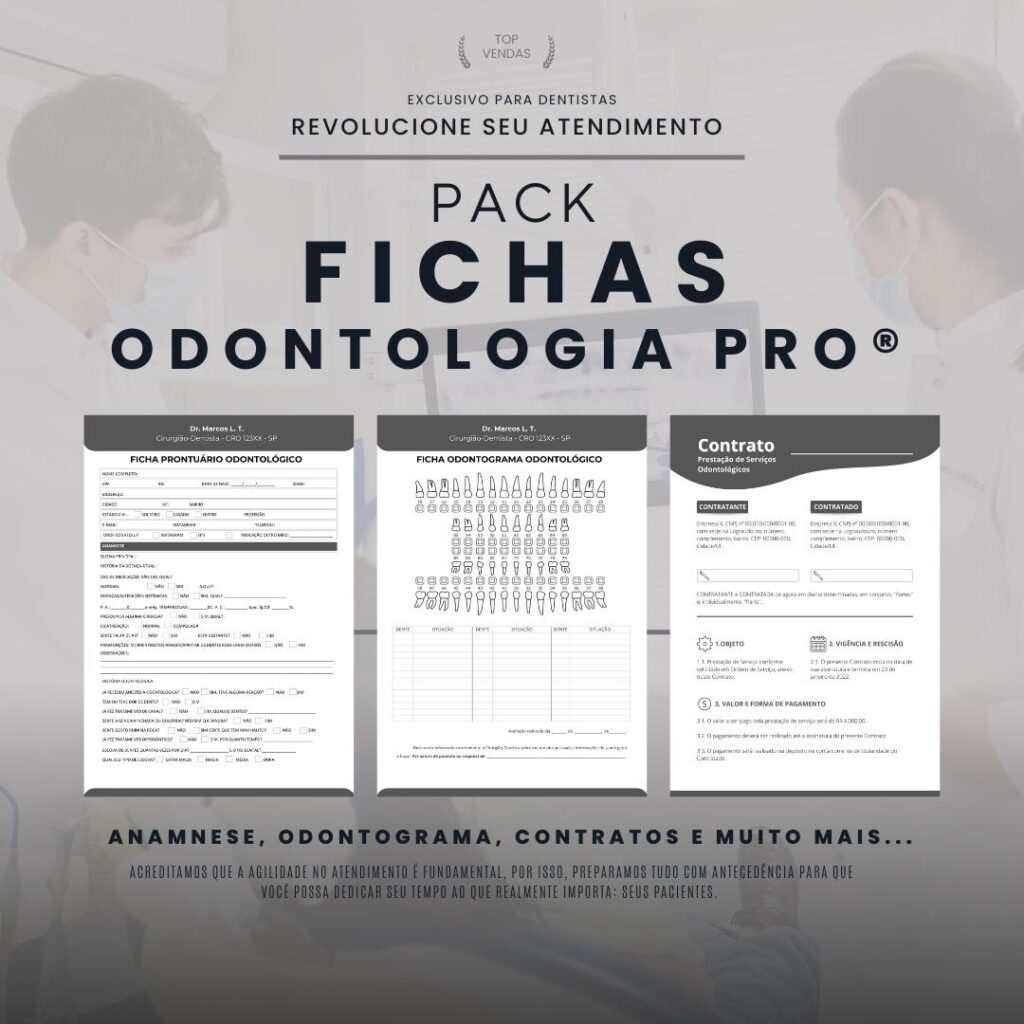A digital dental practice is revolutionizing the dental industry, bringing innovation and efficiency to dental practices. By adopting digital technologies, dentists can improve diagnostic accuracy and optimize care. In this article, we will explore the main advantages of this modern approach and how it can benefit both professionals and patients.
Increased Efficiency in Service


O increased efficiency in service is one of the main advantages of digital dental practice. With the use of digital tools, dentists can streamline processes that were previously manual and time-consuming.
For example, using dental management software allows you to schedule appointments, send automatic reminders, and manage medical records more quickly and efficiently. This not only saves time, but also reduces the likelihood of administrative errors.
Additionally, digitizing clinical records and images makes it easier to access patient information, allowing professionals to provide faster and more accurate care. With just one click, you can access treatment history, X-rays, and any other relevant information.
Another important aspect is communication with patients. With digital platforms, it is possible to maintain an open channel of communication, where patients can quickly ask questions and receive guidance. This improves the patient experience and increases the efficiency of care.
Ultimately, automating administrative and clinical processes allows dentists to dedicate more time to direct care and patient care, resulting in higher quality service and satisfaction.
Improved Diagnostic Accuracy


A improvement in diagnostic accuracy is a significant benefit of digital dental practice. With new technologies, dentists have access to tools that allow a more detailed and accurate analysis of patients' oral conditions.
The use of digital X-rays, for example, provides high-definition images with less radiation exposure. These images allow dentists to identify dental problems, such as cavities and infections, much more clearly, facilitating a more accurate diagnosis.
Additionally, advanced dental imaging software can highlight problem areas and even suggest algorithm-based diagnoses. This not only increases accuracy but also helps dentists make more informed decisions about appropriate treatment.
Integrating patient clinical and historical data also contributes to more accurate diagnoses. With all the information organized in one place, dentists can assess the patient’s overall health and consider factors that may impact treatment, resulting in more complete diagnoses.
Finally, the ability to share information and images digitally with other specialists allows dentists to consult with colleagues and obtain second opinions, further increasing the accuracy of diagnoses and improving patient outcomes.
Ease of Access to Patient Data


A ease of access to patient data is one of the main benefits of digital dental practice. By digitizing records, dentists can quickly access relevant information, improving the efficiency of care.
Electronic medical records allow professionals to access a patient’s entire treatment history in one place, avoiding the need to search for physical documents or paper records. This not only saves time, but also reduces the risk of losing important information.
Another advantage is that patient data can be accessed from anywhere and at any time, as long as there is an internet connection. This is especially useful in emergency cases, where a dentist may need quick access to patient information to make informed decisions.
Digitization also makes it easier to update data. Dentists can record new information, such as allergies or treatments performed, instantly, ensuring that patient records are always accurate and up to date.
Additionally, the availability of real-time information allows dentists to collaborate more effectively with other healthcare professionals. Sharing data and test results with colleagues can lead to faster diagnoses and more coordinated treatment, benefiting the patient’s overall health.
Workflow Optimization


A workflow optimization is a crucial aspect of digital dental practice, allowing practices to operate more efficiently and productively. By implementing digital technologies, dentists can better organize their daily activities and maximize the use of their time.
One of the main features that contribute to this optimization is the automation of administrative tasks. Dental management software can automate scheduling, appointment reminders, and billing, reducing the workload of staff and allowing them to focus on providing quality care.
Additionally, digitizing clinical processes such as data collection and information recording eliminates the need for paper and reduces the possibility of errors. With electronic forms, dentists can collect information quickly and accurately, improving the efficiency of care.
Integrating different digital tools also allows for more effective communication between teams. For example, dentists and assistants can access information in real time, better coordinating activities and avoiding confusion during consultations.
Finally, analyzing data collected over time can provide valuable insights into practice performance. This allows dentists to identify areas for improvement and implement strategic changes to further optimize workflow, resulting in faster, more effective patient care.
Greater Patient Satisfaction


A greater patient satisfaction is a direct result of digital dental practice and the adoption of modern technologies in dental offices. When dentists use digital tools, they can provide a more complete and pleasant experience for their patients.
One of the main factors contributing to this satisfaction is the efficiency of care. With streamlined processes and quick access to information, patients spend less time waiting and more time receiving the care they need. This not only improves the experience, but also increases patients’ trust in the healthcare team.
Additionally, digital communication allows dentists to maintain constant contact with patients. Treatment information, appointment reminders and post-care guidance can be easily sent via text or email, keeping patients informed and engaged in their own oral health.
Personalization of care is also an important factor. With accessible data, dentists can offer treatments that are more tailored to each patient’s individual needs, demonstrating genuine care and increasing overall satisfaction with the services provided.
Finally, the use of digital technologies, such as visualization tools, allows patients to better understand procedures and their benefits. This generates greater confidence and comfort, resulting in a positive experience that encourages loyalty and referrals.







